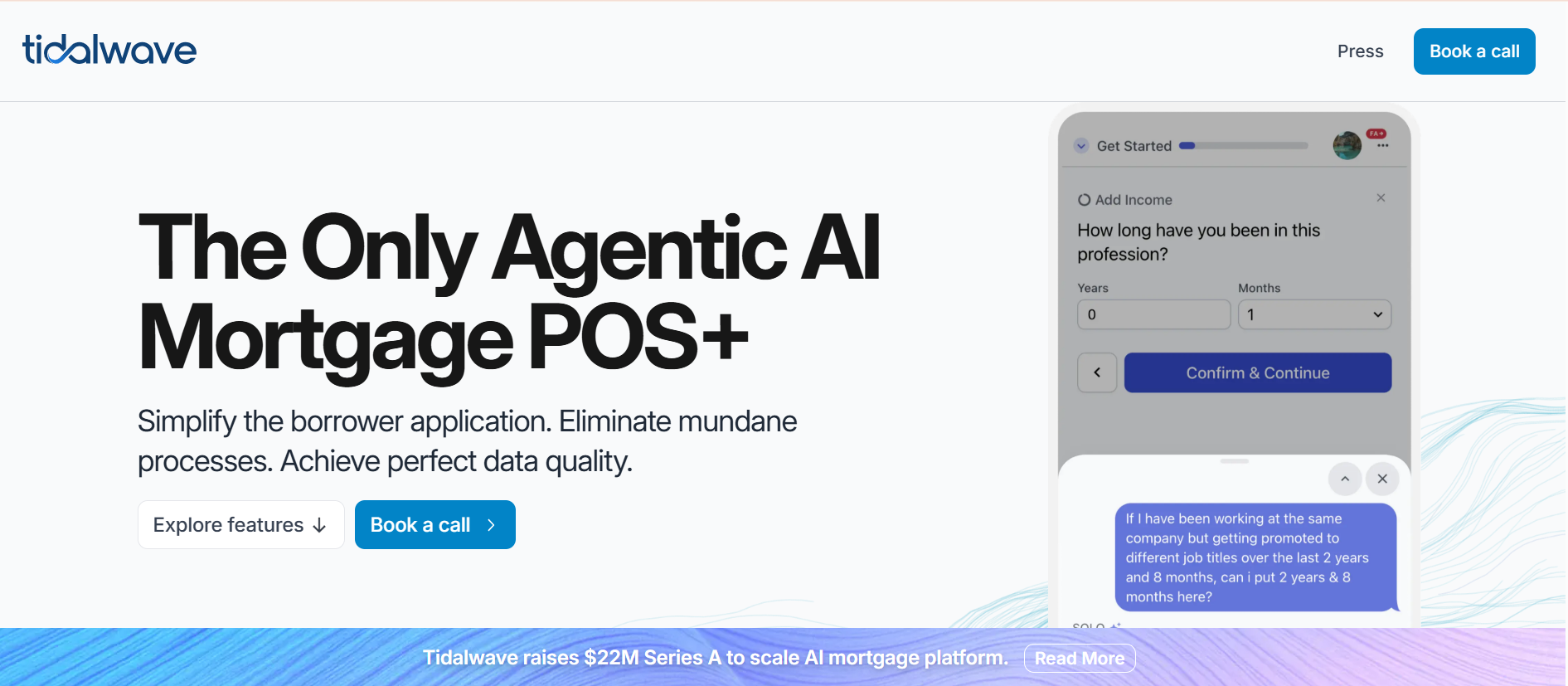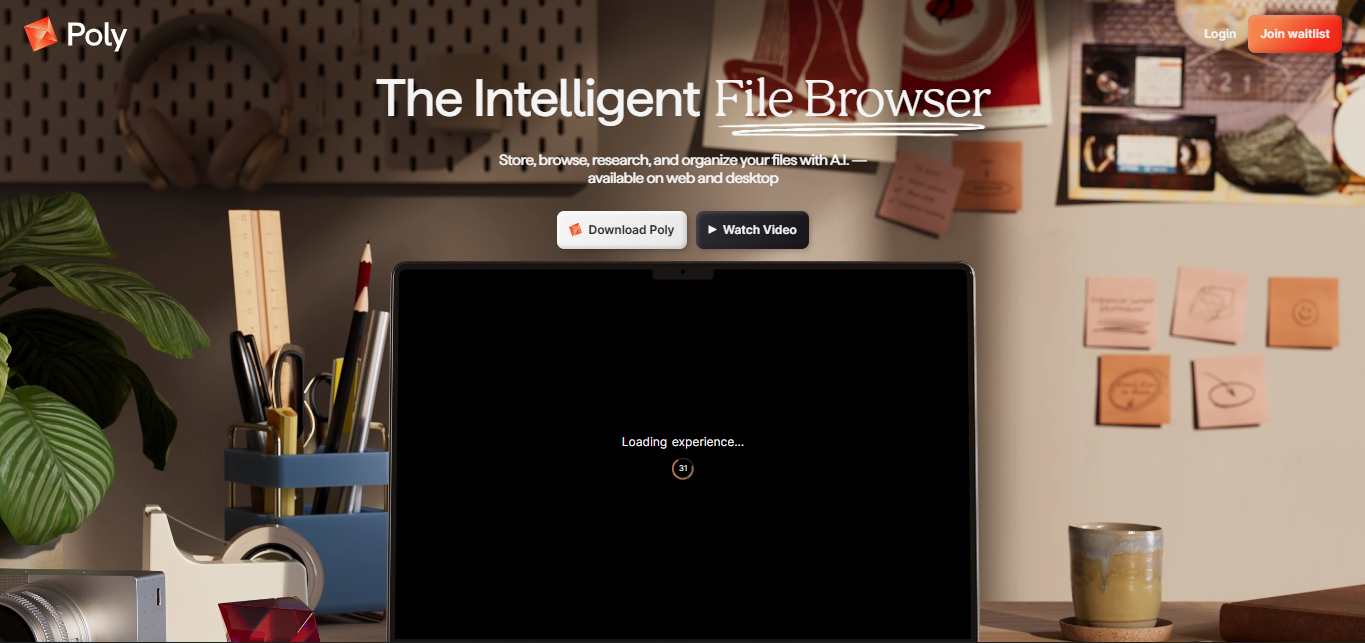Wild Moose Raises $7 Million to Automate Cloud Cost Optimization with AI
November 1, 2025
byFenoms Startup Research

Wild Moose is stepping up with a bold new promise - to help companies see, understand, and finally control what they spend on cloud.
The Israel-based startup just raised $7 million in Seed funding, backed by iAngels, Y Combinator, F2 Venture Capital, Maverick Ventures, Joel Pobar, Jeremy Edberg, and Arash Ferdowski.
Founded by Yasmin Dunsky, Roei Schuster, and Tom Tytonovich, Wild Moose uses AI to automatically identify waste, right-size infrastructure, and predict cloud usage before the bill arrives - helping engineering teams move from reactive firefighting to proactive cost design.
Why Cloud Efficiency Is Now an Engineering Imperative
Cloud spending has become one of the fastest-rising line items in tech. Gartner forecasts global cloud expenditure to hit $684 billion in 2025, while Flexera’s 2025 State of the Cloud Report estimates that nearly 32% of that spend is wasted on over-provisioned or idle resources.
As companies scale microservices, multi-clouds, and AI workloads, optimization has evolved from a finance issue into a full-stack engineering problem. CFOs want predictability, CTOs need performance - and both depend on smarter automation.
Wild Moose’s solution directly targets that intersection, giving engineers visibility that finance teams can actually trust.
How Wild Moose’s AI Platform Works
Wild Moose integrates with AWS, GCP, and Azure, using machine-learning models to track utilization, detect anomalies, and automatically right-size resources. Instead of dashboards that report overspend after the fact, the system acts pre-emptively - like an autonomous cost-control co-pilot for cloud operations.
Its interface speaks the engineer’s language: lightweight integrations, instant feedback, and automated suggestions that don’t block deployment pipelines. For fast-moving teams, that means better financial discipline without sacrificing agility.
“Cost control should never slow down innovation,” says co-founder Roei Schuster.
“We’re making cloud efficiency something that happens continuously - not a crisis you deal with at the end of the quarter.”
Where the Real Leverage Lives
What Wild Moose is really building isn’t just a FinOps tool - it’s a behavioral framework. And that’s where the hidden founder insight emerges.
In every mature market, the biggest disruption doesn’t come from introducing new data - it comes from changing what people do with it.
That’s the quiet power behind Wild Moose’s model. By embedding AI directly into the developer workflow, they’ve removed the psychological barrier between awareness and action. No one has to remember to optimize - the system does it before the waste even happens.
For other founders, this reveals a crucial pattern: the next wave of enterprise innovation isn’t about analytics; it’s about autonomy. Tools that do the job for you win faster than tools that tell you what you did wrong.
This principle applies far beyond cloud costs. In any infrastructure-heavy category - from cybersecurity to data governance - the founders who design self-correcting systems will always outpace those selling dashboards. Because once your product can act on behalf of the user, you stop being a tool. You become part of their workflow DNA.
The Market Context: FinOps Meets Automation
The rise of FinOps (“financial operations”) reflects how businesses are blending financial insight with technical execution. According to Markets and Markets (2025), the global FinOps software market will reach $22.5 billion by 2030, growing at a CAGR of 17.6%.
That surge is driven by two converging forces: exploding cloud spend and executive demand for real-time accountability. By 2027, Forrester predicts that six in ten enterprises will track cloud cost optimization as a core engineering metric.
Wild Moose isn’t just riding this wave - it’s pushing the definition forward. Where competitors like CloudZero and Apptio focus on reporting and visibility, Wild Moose closes the loop with automation, creating a system that learns from usage patterns and continuously improves.
Why Investors Are Betting Big
The $7 million seed round marks a strong signal from investors who understand the future of infrastructure efficiency. Y Combinator’s backing adds operational rigor and access to a powerful founder network, while F2 Venture Capital brings deep technical experience in AI and DevOps.
Yasmin Dunsky, Wild Moose’s CEO, describes the company’s broader vision:
“Every engineer should be able to see the financial impact of their code in real time - and fix it before it becomes a cost problem.”
That simple feedback loop, she explains, can translate into millions saved per year for large enterprises.
Industry Outlook: Efficiency Is the Next Competitive Edge
The broader cloud infrastructure market is now one of the largest in the tech ecosystem - expected to hit $1.3 trillion by 2035 (FMI 2025). As AI workloads grow exponentially, companies are re-evaluating how they balance scalability with sustainability.
This has sparked a new generation of tools focused on cloud intelligence - automation systems that cut waste, lower carbon footprints, and align spending with performance.
In that sense, Wild Moose isn’t just saving money - it’s building the foundation for a more responsible cloud economy, one where efficiency becomes both a cost strategy and a climate imperative.
What’s Next for Wild Moose
With $7 million in new funding, the team plans to accelerate product development, enhance predictive modeling capabilities, and expand its go-to-market operations across the U.S. and Europe.
The company is also launching a community-driven FinOps API hub, allowing developers to plug Wild Moose’s automation into existing CI/CD pipelines.
Its long-term vision? To make cloud optimization invisible - not another dashboard, but an engine quietly running beneath every deployment.
If it succeeds, Wild Moose won’t just lower cloud bills; it could redefine how software is built in the first place - efficient by design, autonomous by default.









